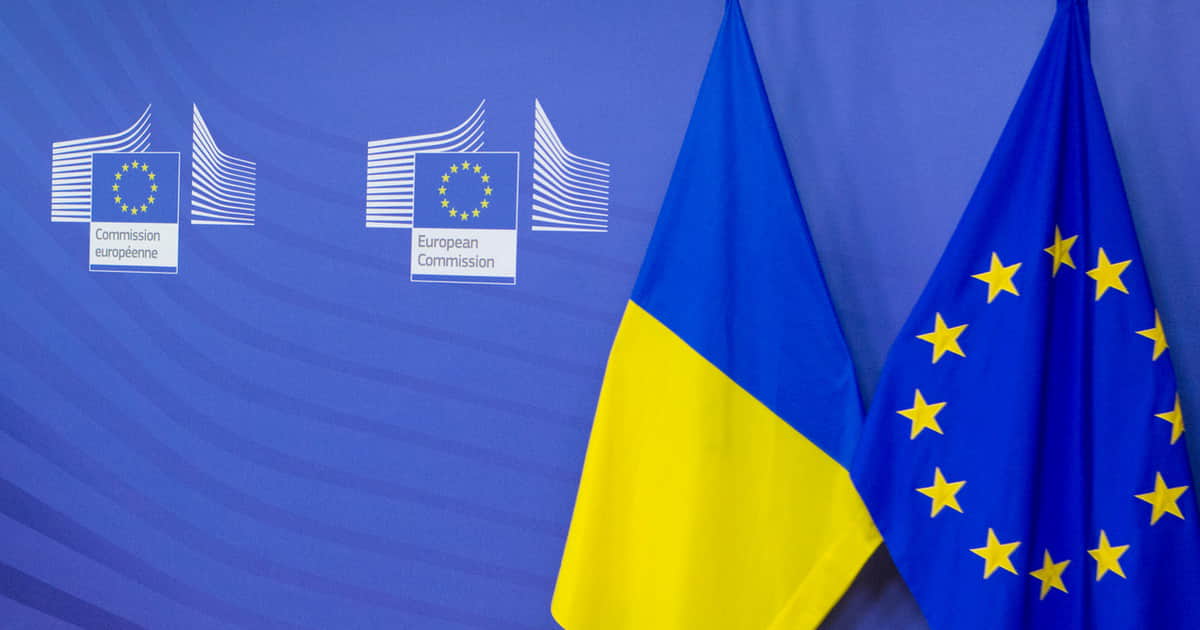Four options for reforming eurointegration system: which one should Ukraine choose?

Since Ukraine was granted EU candidate status, it has been numerous discussions about the Ukrainian Eurointegration. The approaching start of accession negotiations further emphasises the relevance of this issue. Read more in a column by Dmytro Lyvch, the Executive Director of EasyBusiness and partner at CIVITTA - To Create New System or Modernise Existing One: Which Eurointegration System Should Ukraine Choose? According to him, the Government Office is an entity headed by a public servant, and it is responsible for the organizational, expert-analytical, and informational support of Eurointegration. The Deputy Prime Minister, on the other hand, is a political figure who serves as the "face of Eurointegration" in Ukraine and in relations between Ukraine and the EU.
Lyvch notes that there is no universal recipe for success based on international experience. Each country has developed its own model, considering local context and management traditions. He categorises all models of Eurointegration office organisation into two types: "evolutionary renewal" and "stable subordination."
The "evolutionary renewal" involves establishing an independent Ministry for EU Affairs with a high degree of centralisation, combining all Eurointegration functions within one ministry. This model has been implemented in Croatia, Romania, Montenegro, and Serbia. The Eurointegration office in the second model remains a specialised institution within the Government Office, the government, or the Ministry of Foreign Affairs.
This model, refers to Estonia, Lithuania, Poland, North Macedonia, and Hungary. It allows the office to be led by either a civil servant (general director) or a political figure (Minister for EU Affairs or Deputy Prime Minister). Lyvch suggests four basic options for transformation in Ukraine.
The first is transforming the Government Office into a separate Ministry of Eurointegration, following the example of Romania, Montenegro, Serbia, and Croatia (before 2005). The second option is to merge the Government Office with the Ministry of Foreign Affairs. This model has been implemented in Hungary and partially in Croatia, where a joint Ministry of Foreign and European Affairs was created in 2005. The third option is the direct subordination of the Government Office to the relevant Deputy Prime Minister to enhance its political authority.
This model has been applied in Poland and North Macedonia. The fourth option is to maintain the current system, focusing on strengthening the Government Office and its relationship with the Deputy Prime Minister. This model, where the Eurointegration office is led by a civil servant, has been implemented in Estonia and Lithuania.
Considering the need for Ukraine to swiftly pursue Eurointegration, the last two options appear optimal, according to Lyvch. These options are relatively popular based on international experience. The author emphasises that the current Eurointegration system in Ukraine, jointly coordinated by the Government Office and the relevant Deputy Prime Minister, aligns with international practices and does not require radical transformations to remain effective.
He warns, however, that a complete restructuring of the Government Office (transformation into a separate ministry) is a viable option but carries the risk of weakening interdepartmental coordination due to equivalence with other ministries.
If you notice an error, select the required text and press Ctrl + Enter to report it to the editors.